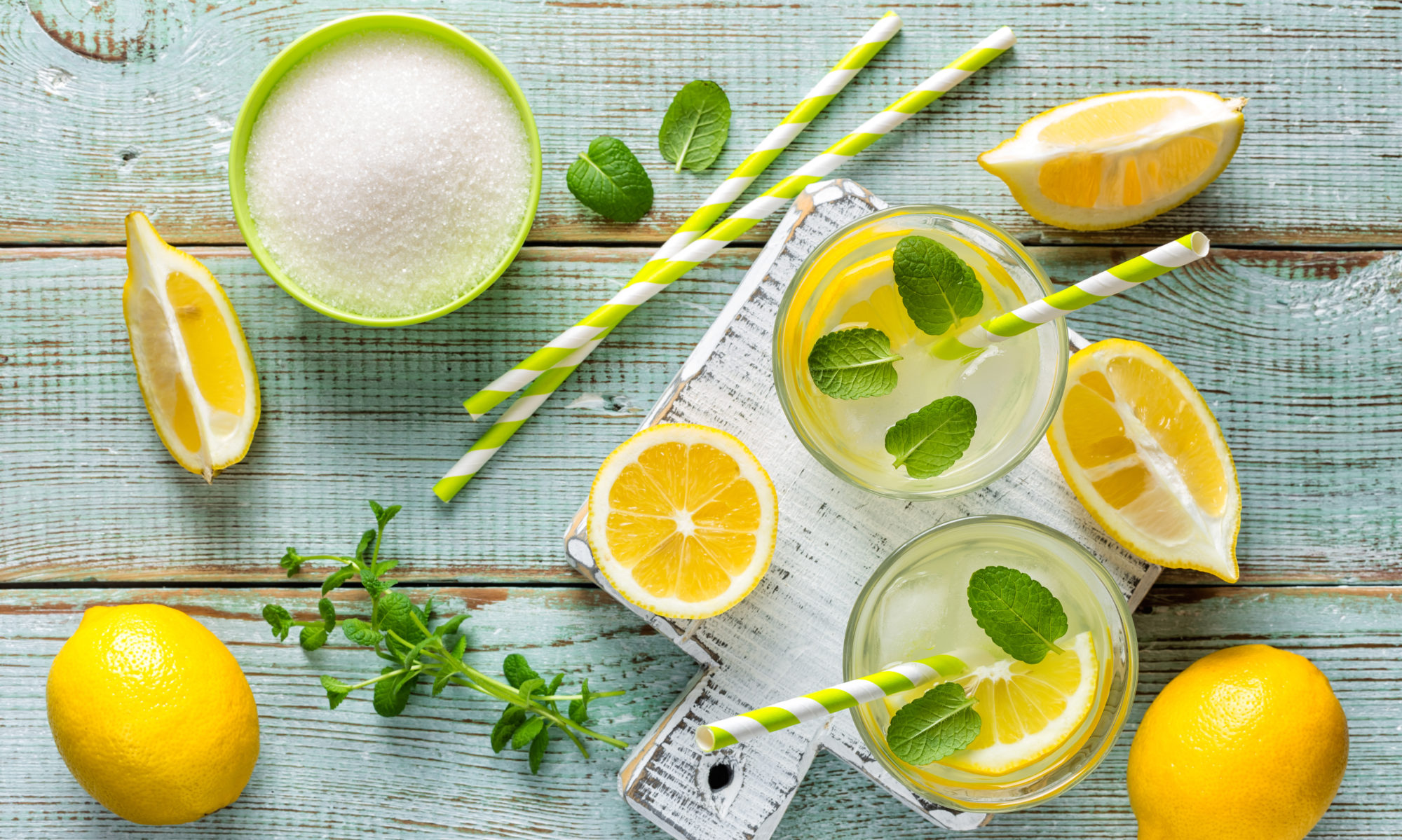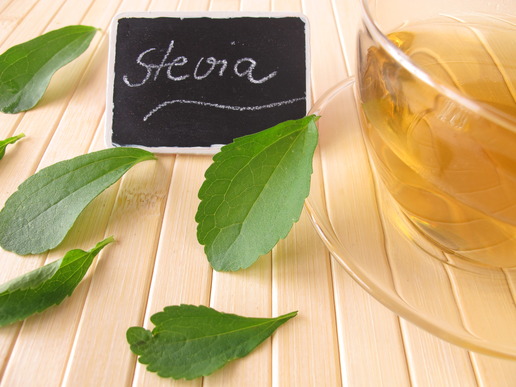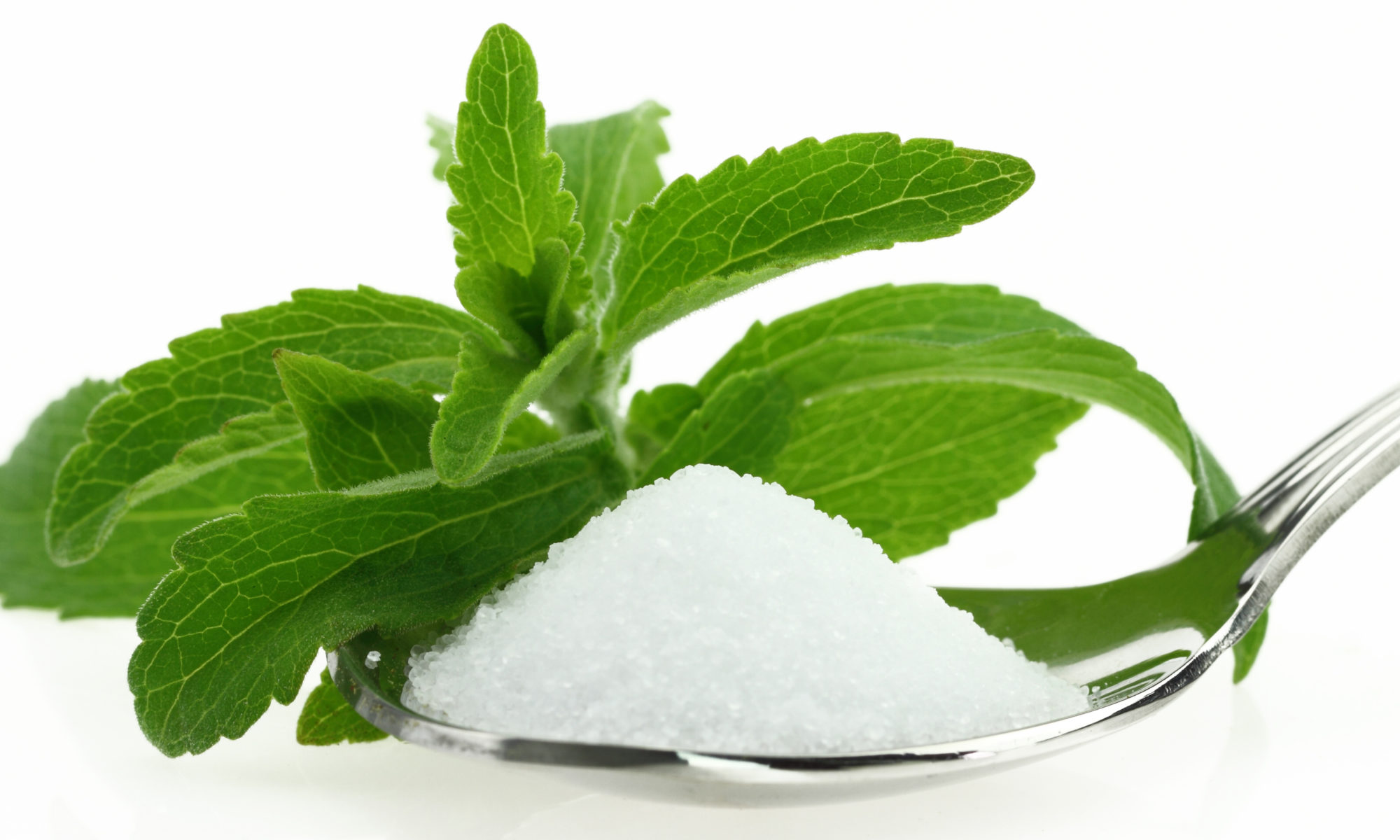So you’ve decided it’s time to make some changes in your diet, and the excess calories have got to go. You want to stick to a more natural diet, so you’re ready to give stevia a try. You add it to your tea…and now what? If you are anything like me, aside from using stevia in my coffee and tea, I had no idea how else to use it. Turns out there are endless ways you can include stevia in your diet! The first step is to figure out the stevia equivalent to the amount of sugar you are looking to replace. The manufacturer of the brand of stevia you use should have made conversion charts available on their website. If you are not comfortable replacing all the sugar in your recipe, using a combination of reduced sugar and stevia can still help reduce calories. So now you know how much stevia to use; but where can you use it? The simple answer is anywhere! I’ve found some tasty recipes that are great examples of how you can use stevia in anything from drinks to entrees.
Dips
Dips are a very popular side dish for parties and a kid-friendly favorite, but they can be loaded with calories. Try instead making a lighter dip like this Maple Cream Dip.
Baked Goods
Baked goodies do not have to be off-limits when you are trying to reduce calorie and sugars. Stevia is a zero-calorie sweetener that you can cook with as well. Check out these delicious recipes that can allow you to enjoy a treat while staying on track: Peanut Butter Cookies and Red Velvet Cupcakes.
Breakfast Dishes
You may only think about desserts and candies when it comes to counting the sugar in your diet, but sugar can be found everywhere—even at the breakfast table. Here are some healthy breakfast items that have replaced sugar with stevia: Whole Wheat Oat and Apple Cranberry Muffin or Fresh Fruit Oatmeal.
Side Dishes
Dress up any meal with easy and light side dishes. Cucumber Salad and Baked Beans are a great place to start.
Condiments, Dressings and Sauces
Sauces, dressings and condiments can be a sneaky source of calories that we tend to overlook. Making them at home allows you to experiment and create tasty new dishes while controlling the ingredients. Green Apple Salad and Honey Aioli could inspire your palate.
Drinks and Cocktails/Mocktails
Drinks can rack up calories pretty quickly. These refreshing lower-cal options, Strawberry Lemonade and Mocha Soymilk Frappe, are just a couple of ways to kick back and relax after a hard day.
Now that you have an idea on different ways you can use stevia let your imagination run wild! Replacing sugar in the recipes can help you enjoy a variety of foods without the guilt!
 Carolyn Reynaud, MS, RD, LD is a licensed registered dietitian and a paid contributor to SteviaBenefits.org. She received her BS in nutrition from Michigan State University and her Masters and Certificate in Public Health from Georgia State University. She has experience working in several avenues of health care including corporate wellness, clinical disease management, research, and health promotion. She has been working as a health coach specialist for close to 6 years, where she counsels patients on preventative healthcare and helps them meet their health goals. Follow her on Twitter @ReynaudCari.
Carolyn Reynaud, MS, RD, LD is a licensed registered dietitian and a paid contributor to SteviaBenefits.org. She received her BS in nutrition from Michigan State University and her Masters and Certificate in Public Health from Georgia State University. She has experience working in several avenues of health care including corporate wellness, clinical disease management, research, and health promotion. She has been working as a health coach specialist for close to 6 years, where she counsels patients on preventative healthcare and helps them meet their health goals. Follow her on Twitter @ReynaudCari.






